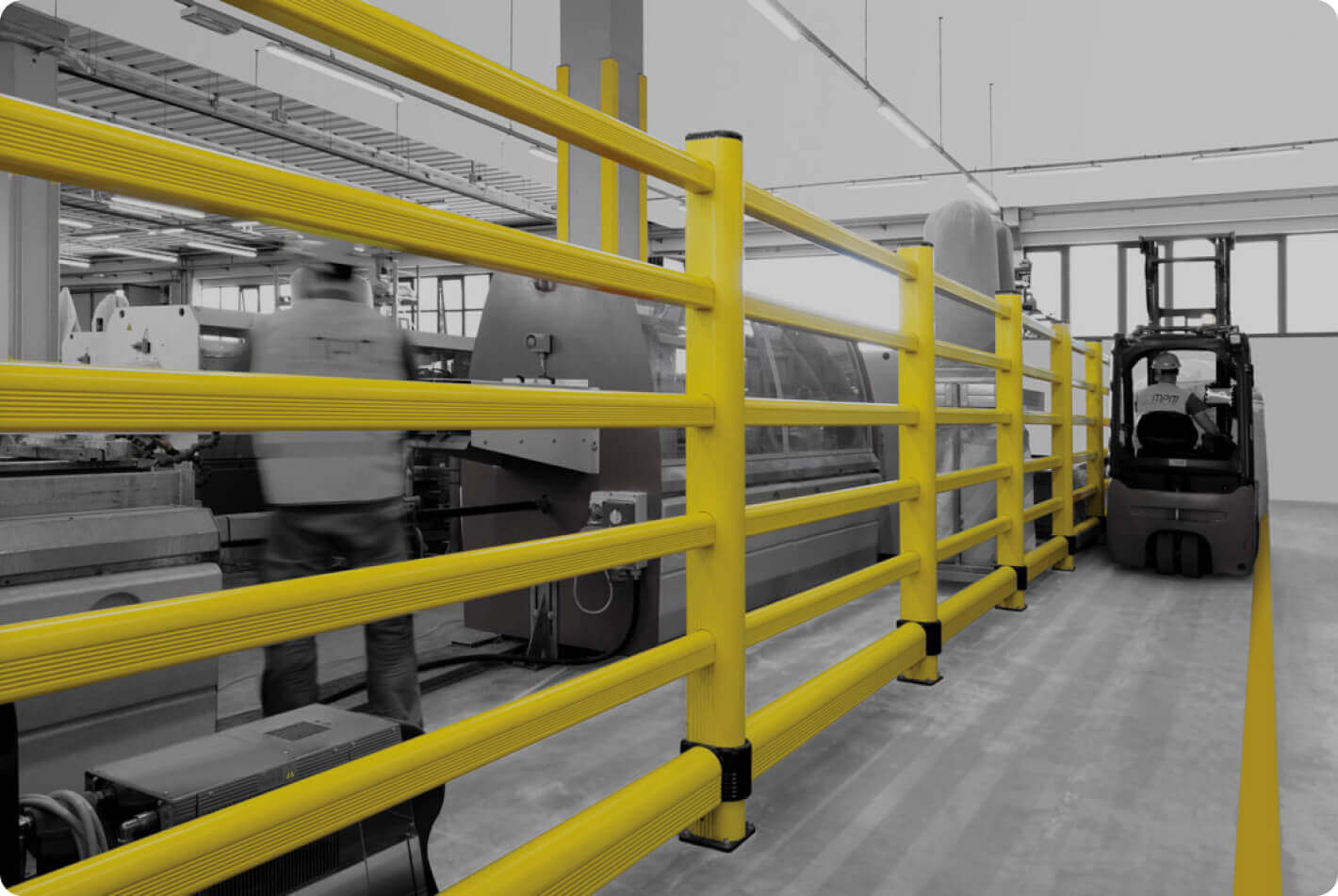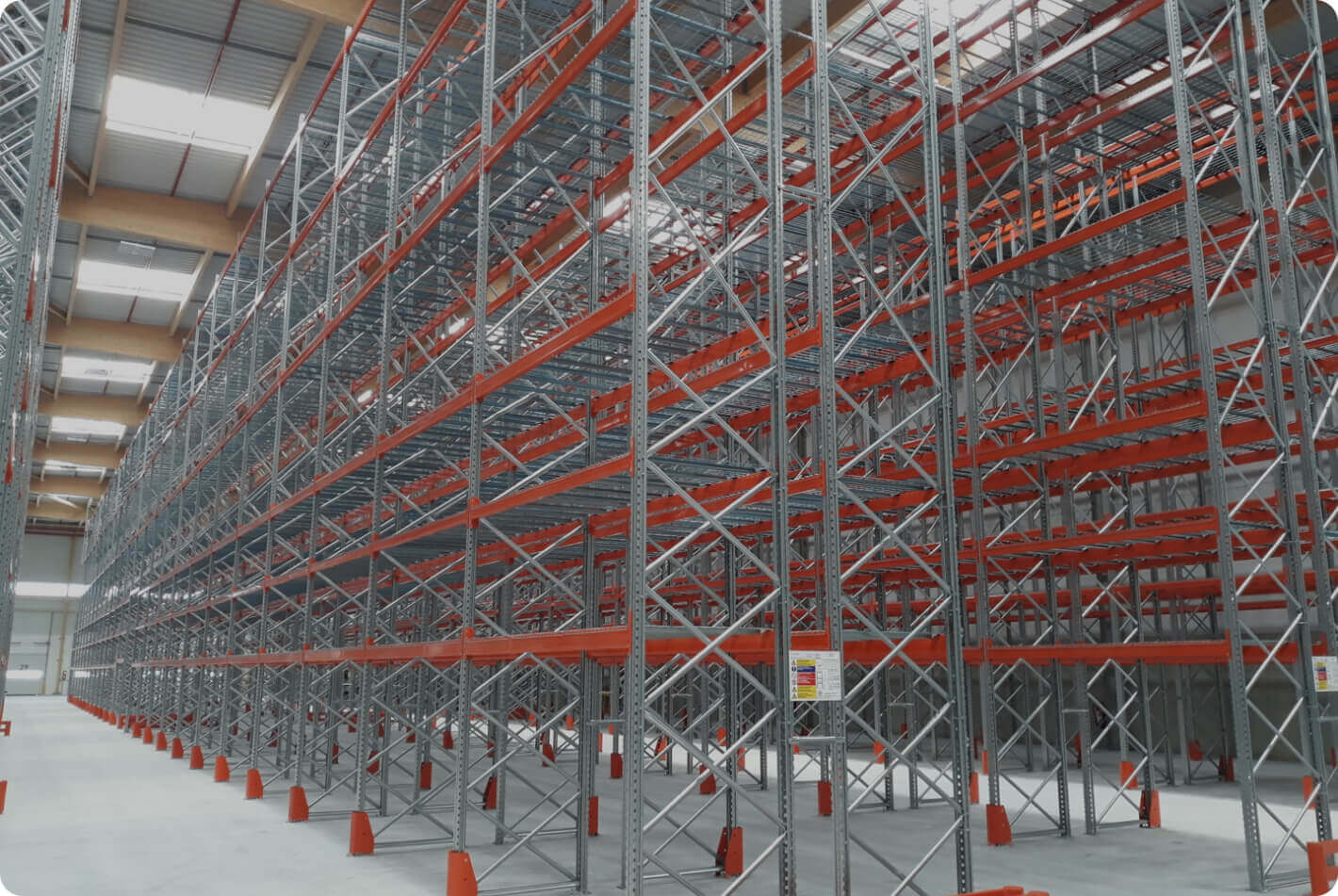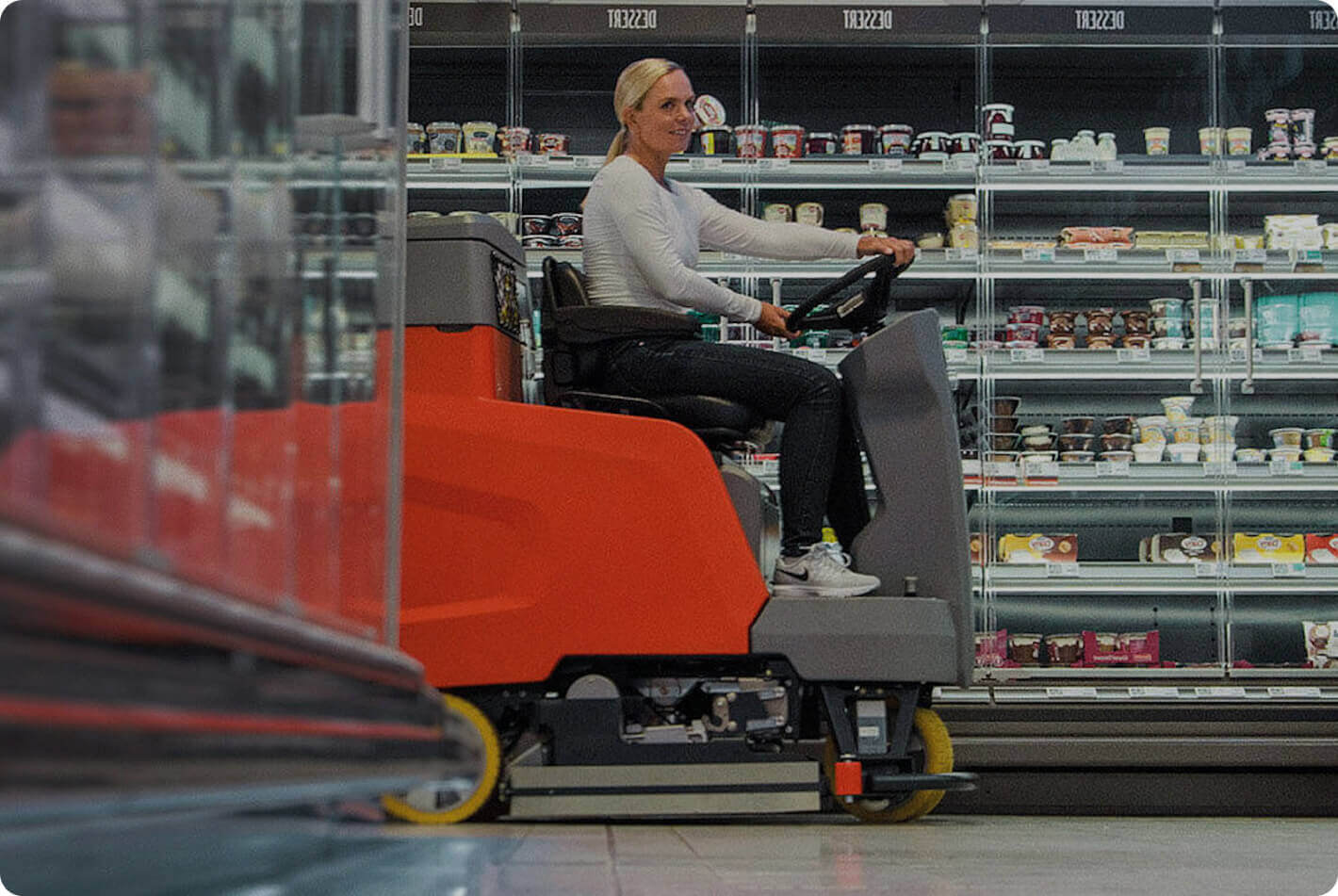
Protective Barriers: Ensuring the Safety of Equipment, Pallet Racking, and Warehouse Spaces
Investing in safety is crucial for creating a secure and productive work environment. Safety PVC barriers play a significant role in preventing accidents and safeguarding warehouse employees. These barriers are particularly effective for the protection of warehouse racking, structures, equipment, and machinery, helping to maintain a safer operational flow.
For businesses that utilize ROSSS racking systems, the integration of MPM protective barriers offers a comprehensive safety solution. Not only do these barriers protect your storage infrastructure from the inevitable impacts caused by forklifts or other machinery, but they also ensure the longevity of the ROSSS racking itself, preserving your investment and reducing the costs associated with damages caused by forklifts.
MPM safety solutions enhance security, while also driving cost-efficiency. The use of protective barriers helps minimize the need for repairs, replacements, and maintenance—allowing for greater savings over time. When paired with ROSSS racking, businesses can benefit from a complete package that maximizes storage capabilities while also mitigating potential risks.
Metal Barriers vs. Polymer Barriers
Metal Barriers:
- Deform upon impact and require replacement after just one collision.
- Are rigid, transferring impact energy directly to the floor, often causing surface damage.
- Can damage equipment, such as forklifts, when an impact occurs.
- Are not resistant to corrosion, requiring frequent repainting or replacement.
Polymer Barriers (PVC Barriers):
- PVC barriers offer unmatched strength combined with flexibility over the long term.
- These barriers only deform under direct pressure and subsequently return to their original shape.
- They prevent the transmission of kinetic energy to operators and machinery, reducing the likelihood of damage.
- Protect the flooring from potential damage.
- Maintain high visibility over time without the need for painting or frequent maintenance.
The resilience and adaptability of PVC protective barriers ensure the long-term safety of your warehouse, making them ideal for companies utilizing ROSSS racking systems. This integrated approach leads to significant cost savings by reducing the frequency of accidents and ensuring consistent productivity.
Why is Installing Protective Barriers Recommended?
- Accident Prevention: Approximately 70% of workplace accidents occur due to the absence of proper protective barriers. This is particularly true in high-traffic areas where ROSSS racking systems are used for pallet storage.
- Lower Service Costs: Annually, around 50% of a company's maintenance expenses go towards repairing machinery and infrastructure damaged during accidents. Implementing MPM barriers alongside ROSSS racking reduces these costly incidents, allowing businesses to allocate resources more effectively.
- Potential Cost Savings: By choosing PVC protective barriers instead of traditional metal barriers, companies can save up to 80% on potential replacement and repair costs, especially when protecting valuable assets like ROSSS racking systems.
Invest in Protective Barriers for Long-Term Safety and Savings
Investing in protective barriers doesn’t just make sense for safety—it makes sense for the bottom line. Protective barriers ensure the safety of your warehouse and manufacturing areas while providing substantial operational cost savings. A safe workspace enhances employee performance, directly influencing productivity and boosting the overall value perception of your organization.
Integrating ROSSS racking with PVC protective barriers is a powerful step toward achieving a safer, more efficient warehouse. By combining the strength, durability, and flexibility of ROSSS racking with the proven safety benefits of MPM protective barriers, you can maximize storage efficiency while mitigating potential risks, thereby extending the lifespan of your racking systems and maintaining a streamlined workflow.
This version not only highlights the benefits of protective barriers but also effectively incorporates ROSSS racking for cross-linking, showing how they work together to enhance safety and reduce costs. The revised text emphasizes the value of integrating these two solutions for a comprehensive approach to warehouse safety and efficiency.




